3-Methylmethcathinone (3MMC), also known as ortomephedrone is a recreational designer drug with stimulant and euphoric effects.
What is 3MMC?
3MMC is a synthetic stimulant drug of the cathinone class. It is chemically related to other substances like mephedrone and methcathinone.
3-MMC primarily affects the central nervous system, leading to effects such as increased energy, euphoria, and heightened alertness. It can also have side effects including increased heart rate, elevated blood pressure, and potential risks of dependence and addiction with long-term use.
What are the effects of 3MMC?
Stimulation: 3-MMC is primarily known for its stimulating properties, which can result in increased energy levels, alertness, and wakefulness.
Euphoria: Users often experience feelings of euphoria and heightened mood, accompanied by a sense of well-being and happiness.
Enhanced sociability: Some individuals report feeling more sociable, talkative, and outgoing while under the influence of 3-MMC. It may lower inhibitions and promote social interaction.
Increased empathy: Like other empathogenic substances, 3-MMC can enhance feelings of empathy and emotional openness, leading to deeper connections with others.
Mood enhancement: Users may experience mood enhancement, with reduced feelings of anxiety, stress, or depression during the effects of the drug.
Physical effects: These can include increased heart rate, elevated blood pressure, sweating, and pupil dilation. Some users may also experience appetite suppression and difficulty sleeping (insomnia).
Cognitive effects: These can include enhanced cognitive function, improved concentration, and heightened sensory perception. However, at higher doses or with prolonged use, cognitive impairment, confusion, and paranoia may occur.
Duration: The effects of 3-MMC typically last for several hours, with the peak effects occurring within the first hour after ingestion and gradually tapering off over the following hours.
What are the side effects of 3MMC
The use of 3-MMC (3-Methylmethcathinone) can lead to a range of potential side effects, some of which can be mild, while others may be more severe. These side effects can vary depending on factors such as dosage, frequency of use, individual physiology, and any concurrent substance use. Common side effects of 3-MMC may include:
Physical side effects:
-
- Increased heart rate (tachycardia)
- Elevated blood pressure (hypertension)
- Sweating
- Pupil dilation
- Dry mouth
- Appetite suppression
- Nausea and vomiting
- Headaches
Psychological side effects:
-
- Anxiety
- Paranoia
- Panic attacks
- Cognitive impairment (confusion, disorientation)
- Psychosis (hallucinations, delusions)
- Mood swings
Sleep disturbances:
-
- Insomnia or difficulty falling asleep
- Disrupted sleep patterns
- Vivid or unpleasant dreams
Cardiovascular effects:
-
- Increased risk of heart palpitations or irregular heartbeat
- Cardiac arrhythmias
- Risk of cardiovascular events, especially in individuals with pre-existing heart conditions
Other potential risks:
-
- Seizures (especially at higher doses)
- Serotonin syndrome (when combined with other serotonergic substances)
- Dependence and addiction with chronic use
3MMC vs 2MMC
The primary difference between 2-Methylmethcathinone (2-MMC) and 3-Methylmethcathinone (3-MMC) lies in their chemical structures, specifically the position of the methyl group on the phenyl ring.
In 2-MMC, the methyl group is attached to the second carbon atom of the phenyl ring, whereas in 3-MMC, the methyl group is attached to the third carbon atom of the phenyl ring.
Effects:Some users report that 3-MMC may produce a smoother and more euphoric high compared to 2-MMC, which might feel more intense or “edgy” in comparison.
Duration of Effects: Differences in the duration of effects between 2-MMC and 3-MMC may exist, with one substance potentially having a longer or shorter duration of action compared to the other. However, these variations can be influenced by factors such as individual metabolism, dosage, and route of administration.
Side Effects: While both substances share similar risks associated with stimulant use, such as increased heart rate, elevated blood pressure, and potential for addiction, differences in side effect profiles may occur. For instance, one substance might be associated with a higher incidence of certain adverse effects like anxiety, insomnia, or agitation compared to the other.
Positive effects of 3-MMC:
Smooth and Balanced Euphoria: Users may subjectively describe the euphoric effects of 3-MMC as smoother, more balanced, and less overwhelming compared to 2-MMC.
Gentle Stimulation: 3-MMC might provide a milder stimulant effect, leading to a gentle increase in energy and alertness without feeling overly jittery or anxious.
Relaxation and Sociability: Some individuals may find that 3-MMC induces a sense of relaxation and calmness while still enhancing sociability and talkativeness, making it suitable for social situations.
Less Intense Side Effects: Users might perceive 3-MMC as causing fewer or milder side effects such as anxiety, insomnia, or agitation compared to 2-MMC.
Positive effects of 2-MMC:
Intense Euphoria: Some users may subjectively experience a more intense or pronounced sense of euphoria with 2-MMC compared to 3-MMC.
Increased Stimulation: 2-MMC might provide a stronger stimulant effect, leading to greater feelings of energy, alertness, and motivation.
Enhanced Mood: Users might perceive 2-MMC as having a more potent mood-enhancing effect, resulting in feelings of happiness, confidence, and sociability.
Improved Focus and Concentration: Some individuals may find that 2-MMC enhances their ability to concentrate and focus on tasks, leading to increased productivity and cognitive performance.
| Capsules | 1, 5 |
|---|
Be the first to review “3-MMC” Cancel reply
Related products
Medicine
Edibles
Ketamine
Medicine




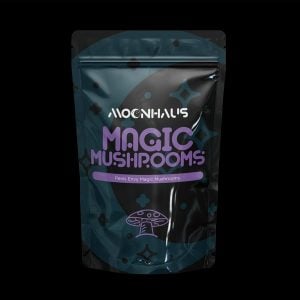

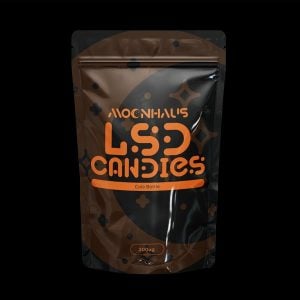
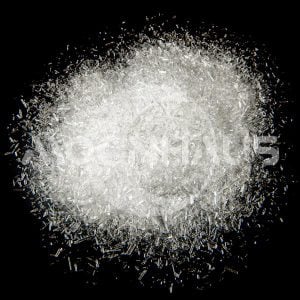
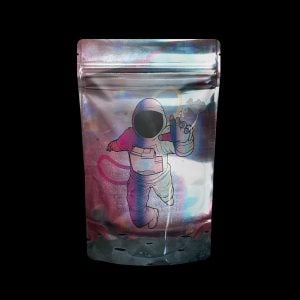
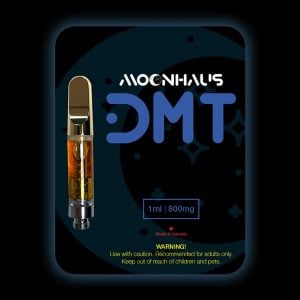
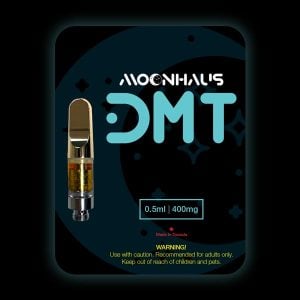
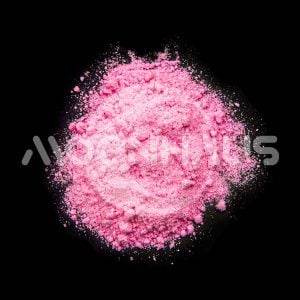
Reviews
There are no reviews yet.